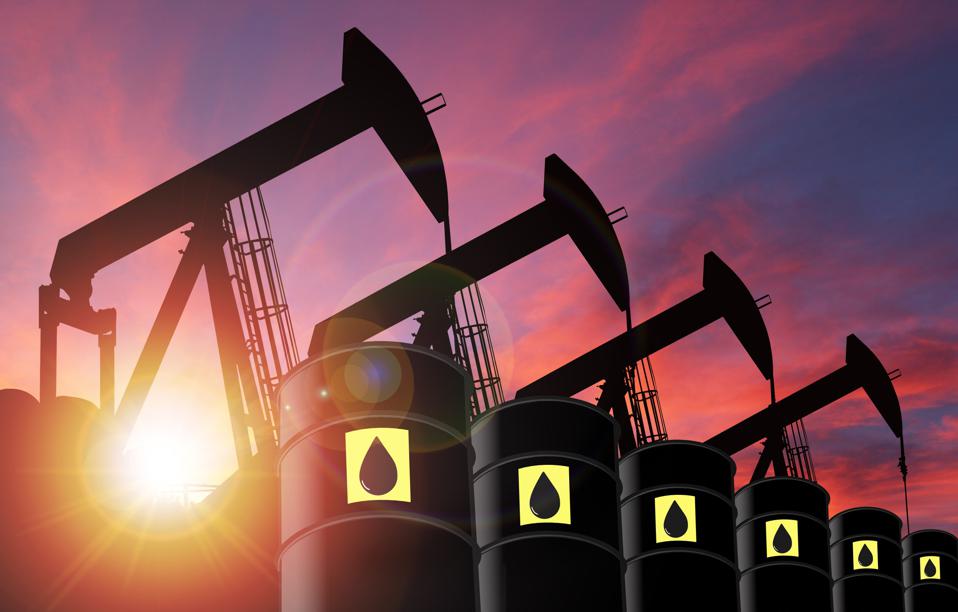A better gasoline demand report from the United States, the world’s biggest oil user, helped oil prices recover on Thursday after falling by more than a dollar a barrel the previous day. In the morning session, the price of Brent crude futures increased by 56 cents, or 0.7%, to $76.97 per barrel, while the price of U.S. crude futures increased by 53 cents, or 0.7%, to $73.09.
Prices increased as a result of a sharper-than-anticipated decline in petrol stockpiles, which reflected a higher demand for transportation fuels in the United States. Investors, however, continued to be wary as recessionary fears persisted as a result of rising global interest rates.
The most recent data from the United States revealed that consumer prices increased in April, raising the possibility that the Federal Reserve will keep interest rates higher. This could have the unintended consequence of cutting oil demand. According to the most recent statistics from the U.S. Energy Information Administration, petrol inventories in the United States decreased by 3.2 million barrels last week, a significant amount higher than the 1.2 million barrel decline predicted by analysts.
While the U.S. demand for jet fuel increased to its highest level since December 2019, distillate supplies also decreased. The uncertain economic environment continues to cast a shadow over future possibilities, according to ANZ analysts. “While U.S. inflation eased more than expected in April, there are fears the impact of recent rate hikes is only now surfacing in the U.S. economy,” the ANZ analysts said. They said that gloomy sentiment is still pervasive in the commodities markets due to the absence of indicators of better demand.
The $31.4 trillion debt ceiling talks that began on Wednesday are being closely watched by investors as well, despite Republicans’ continued insistence on spending reductions. As Wall Street becomes more concerned about the possibility of an unprecedented default, the standoff has alarmed investors and driven up the cost of insurance exposure to U.S. government debt to record highs.

